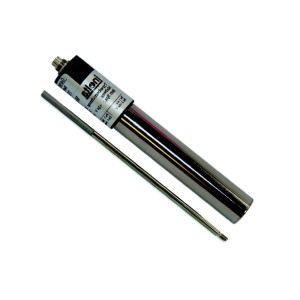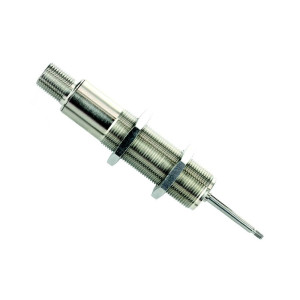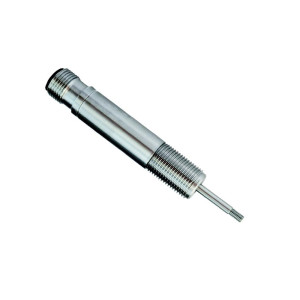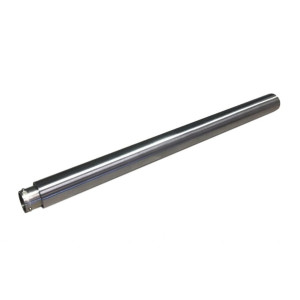Guided and Non-Guided LVDT DC

LVDT with integral connector option

Economy series Analogue output LVDT n

LVDT with non guided armature M18 external thread

Short stroke LVDT M12 external thread

Hermetically sealed DC LVDT

Hermetically sealed LVDT
LVDT with voltage or current output
Frequently Asked Questions About Guided and Non-Guided DC LVDTs?
Learn about the mechanical design differences between guided and non-guided DC linear position sensors, their integrated electronics, and applications in precision measurement and industrial systems.
The difference lies in the mechanical design of the core movement:
A guided DC LVDT features an internal, spring-loaded or fixed probe that is mechanically aligned inside the sensor body. This design is ideal for direct-contact measurement, like thickness or dimensional gauging.
A non-guided DC LVDT contains a loose, unguided magnetic core and requires the user to provide a separate guiding mechanism. It's commonly used in hydraulic cylinders, actuators, or custom setups where mechanical motion is already controlled.
Greater flexibility in integrating with moving parts, No mechanical wear from internal guiding, Compact design and lower weight, Ideal for applications with existing core guidance.
DC LVDTs provide a linear DC voltage or current output, such as 0–5 V, ±5 V, ±10 V, or 4–20 mA. The output is directly usable by most data acquisition and control systems, with no need for external signal conditioning.
Most DC LVDTs operate on a single DC power source, typically 5 V, ±12 V, or ±15 V, depending on the sensor model.
Dimensional gauging and surface inspection, Quality control stations, Precision assembly systems, Measuring runout, deflection, or thickness.
Hydraulic or pneumatic cylinder feedback, Robotic arms or automated actuators, Harsh or high-vibration environments, Custom OEM assemblies with built-in mechanical guidance.
No external signal conditioner is needed, as DC LVDTs have built-in electronics. However, initial calibration during installation ensures optimal accuracy and linearity within the application.